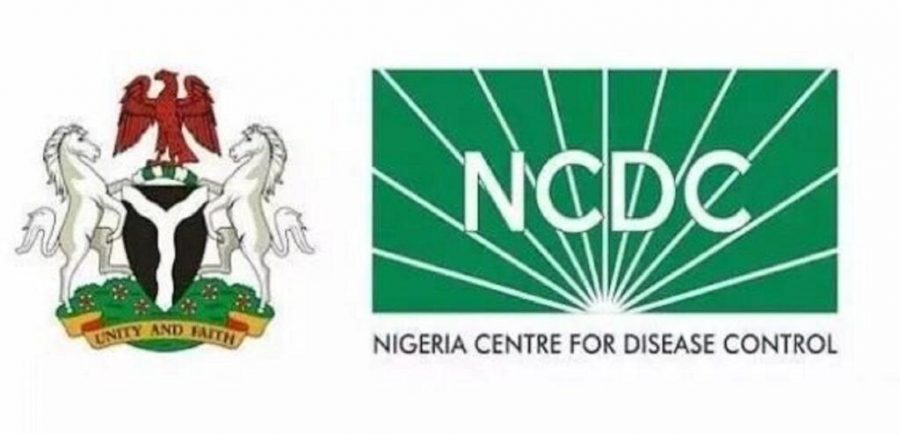The Nigeria Centre for Disease Control said the death toll recorded from Lassa fever so far in 2022 has risen to 165.
The NCDC noted this in its latest Lassa fever situation report for week 31 published on its website.
The report, which covers January to August 7, 2022, showed that there were 880 confirmed cases and 6126 suspected cases of the infection.
The report revealed that the number of suspected cases has increased compared to that reported for the same period in 2021.
The PUNCH reports that Lassa fever is a viral haemorrhagic fever and an acute viral illness. This zoonotic disease has a high morbidity and mortality rate, as well as economic and health security implications.
The report read in part, “In week 31, the number of new confirmed cases increased from 10 in week 30, 2022 to 13 cases. These were reported in the states of Ondo, Edo, Kogi, Ebonyi, and Imo.
“Cumulatively from week 1 to 31, 2022, 165 deaths have been reported with a case fatality rate (CFR) of 18.8%, which is lower than the CFR for the same period in 2021 (23.1%).
“In total for 2022, 25 states have recorded at least one confirmed case across 100 local government areas.
“Of all confirmed cases (70%), the breakdown indicates: Ondo (31%), Edo (26%), and Bauchi (13%).”
“The predominant age group affected is 21–30 years (Range: 0 to 90 years, Median Age: 30 years). The male-to-female ratio for confirmed cases is 1:0.8.
“The number of suspected cases has increased compared to that reported for the same period in 2021. There were no new healthcare workers affected in reporting week 31.”
The NCDC also noted that the national Lassa fever multi-partner, multi-sectoral Technical Working Group continues to coordinate the response activities at all levels.
Meanwhile, medical experts have stressed the need for increased awareness of the viral infection.
A medical laboratory scientist at the Department of Microbiology, Nnamdi Azikiwe University Teaching Hospital, Nnewi, Anambra State, Obinna Chukwudi, said, “I hope Lassa fever will become a thing of the past. If you look at the incidence rate, obviously there’s something we are not doing right, or we’ve broken some protocols. We need to engage in active contact tracing. We need to be sure that the confirmed cases and their contacts are traced and treated.
“People need to ensure that the food we eat is properly covered. We must continue to educate people about preventive measures. We need to go to the grassroots to sensitise them about the preventive measures. We have to ensure we maintain proper hygiene, wash our hands, sanitise our hands; we have to learn how to prepare for the next epidemic.”
Also, the immediate past president of the National Association of Resident Doctors, Dr. Uyilawa Okhuaihesuyi, said, “People have to maintain personal hygiene always and the government should create more awareness about the disease.”



